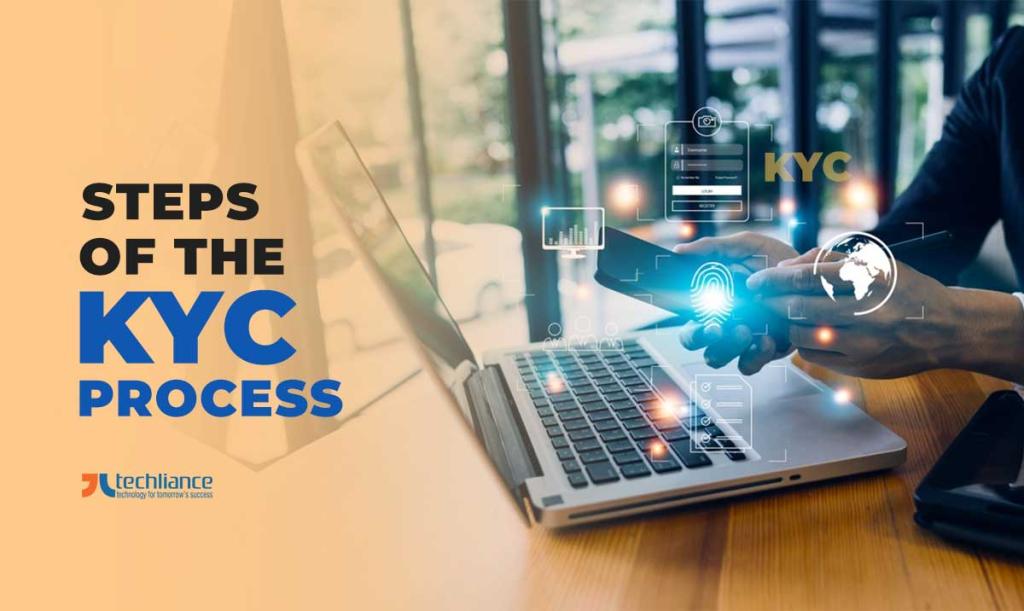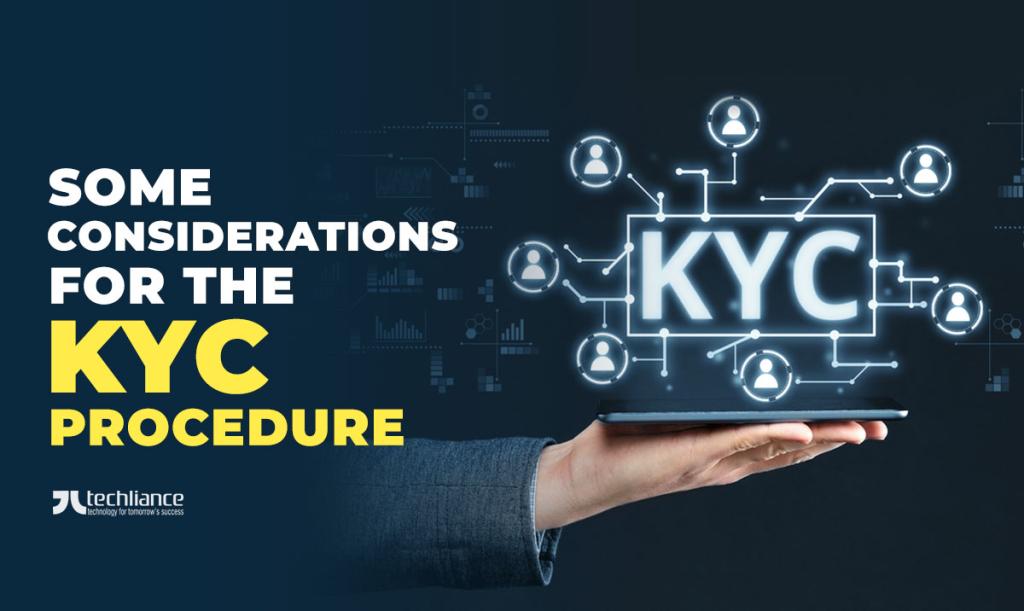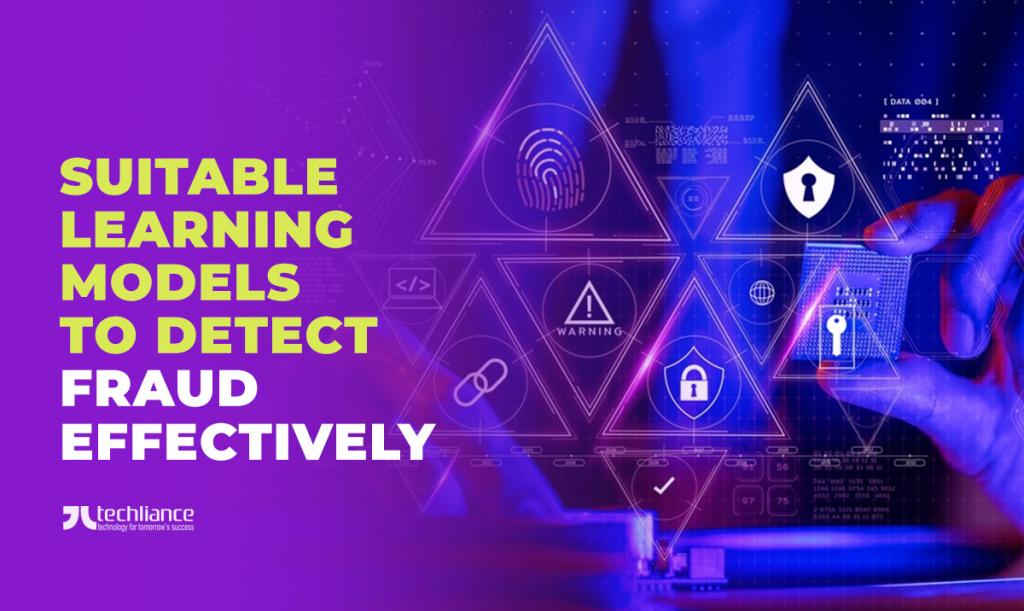Globally and in the USA, all businesses aim to fight financial fraud effectively. Learning methods of secure screening of the credentials of customers is essential. Similarly, they must vigilantly scrutinize their employees in 2023.
With this process, financial institutions can ascertain that their employees are trustable. Also, this procedure enables businesses to know that their customers are real. Identity verification documents are obligatory for organizations to extract the users’ data accurately through OCR technology.
This approach restricts users from misusing important business information. Also, it safeguards financial systems from hackers and other cybersecurity threats. A dedicated technology solution provider with experience in the finance and banking industry can automate this process.
Businesses can efficiently fetch data from personal identity documents. Then, they can match this with available real-time information. Thus, it provides secure document verification checks to financial companies and other businesses.

Table of Contents
- What is know your customer (KYC)
- Steps of the KYC process
- Some considerations for the KYC procedure
- Role of AI and machine learning in fraud detection
- Suitable learning models to detect fraud effectively
- Conclusion
What is know your customer (KYC)
In essence, know your customer (KYC) guidelines dictate the process to verify the users’ identities and addresses. KYC also stands for know your client in some references. For this purpose, financial institutions use KYC documents like ID cards, utility bills, bank statements, etc.
This vigilance ascertains that they are free of illegal financial activities. Moreover, the usage of KYC documents allows financial organizations and other businesses to work professionally. We can divide KYC document verification into these parts.
- Authentication of identity documents
- Validation of address documents
- Evaluation of financial worth
With this procedure, banks and financial firms determine the legitimacy of customers’ data in compliance with the AML framework. Primarily, the purpose of KYC document validation is to authenticate that users are genuine. KYC documents facilitate the identity verification process to benefit financial businesses.
Careful corroboration of KYC documents restricts fraudsters from exploiting the business. Therefore, the process helps them to verify the consumers’ data correctly. Following this procedure watchfully ensures that financial/investment firms and customer-facing businesses remain safe.

Steps of the KYC process
These are three steps or components of the KYC (know your customer) process to fight financial fraud.
- Customer identification program (CIP)
- Customer due diligence (CDD)
- Enhanced due diligence (EDD)

Some considerations for the KYC procedure
Given below are some deliberations for FinTech (banking, credit, investment companies, etc.) to fight financial fraud through 2023.
- Why is identity verification necessary for companies?
- How do businesses verify customers?
- Why are KYC documents vital for customer compliance?

Let’s have a look at these important considerations that play a part to fight financial fraud in detail now.
Why is identity verification necessary for companies?
Nowadays, identity verification (IDV) is crucial for organizations to authenticate their users’ documents precisely. It enhances and secures the users’ onboarding process by analyzing their records quickly while screening them against rigid IDV checks. Likewise, banks and other financial firms also imply document verification checks to preserve their essential accounting information from fraudsters.
Many companies use document verification software to identify clients’ data. Additionally, it helps organizations keep an accurate track of users’ essential credentials. In compliance with AML regulations, it helps extract user information from identity documents with the OCR technique.
Later on, it matches this information with the available data to ensure a user is genuine. Besides, it also helps the banks to keep the proper record of their critical financial data exactly. However, it helps to identify the clients’ information before onboarding quickly.
In addition, this allows businesses to avoid cyber attacks and prevents users from misusing their essential credentials. Thus, it empowers the owners to make better decisions for their businesses. Fulfilling user requirements, these companies can successfully drive business growth.
How do businesses verify customers?
Businesses want to extend their client base through faster, easier, and cheaper digital means. In the past, relevant standards made it difficult. Internationally and in the United States, customers expect an easy and quick sign-up experience whenever they go online.
Accordingly, companies must provide efficient services in compliance with KYC rules to attract more consumers. The new KYC protocols are essential to increase customer onboarding by transforming it into digital streamlining techniques. Especially, these online techniques can enable businesses in several areas during 2023.
- Extract the data from official documents such as Id cards, passports, social security cards, etc.
- Verify the documents to ascertain the authenticity of customers.
- Provide biometric checks through fingerprint scanning, and photographs (or selfies).
- Match the biometric records with ID documents to validate the client’s identity.
This helps organizations to enhance their business growth while making improved decisions. Above and beyond, it protects businesses from fraudulent activities and reduces the risks of cyber threats. As well, real id document verification also helps the business ensure that the applicant users are genuine.
It matches the provided data with real-time information and guarantees user ID authenticity. Thus, identity verification is becoming compulsory for financial corporations to work more efficiently. Fulfillment of KYC directions plays a role in compliance with AML frameworks of FATF and other regulators.
Why are KYC documents vital for customer compliance?
KYC documents are mandatory for organizations to protect their business from fake user IDs and reduce cyber risks. It provides secure authentication of employees’ data and enhances customer onboarding. Nonetheless, it eliminates the chances of data breaches and provides the secure authentication of clients’ essential credentials.
This increases the clients’ experiences and attracts more users to the business. Furthermore, it also aids financial firms to restrict money laundering activities and ensure the safety of their accounting information. Integrating the KYC process with AI empowers firms to secure customers’ data from third-party users and increases overall business growth.
Role of AI and machine learning in fraud detection
Banks and similar companies are effectively using AI and machine learning to fight financial fraud to protect their customers. Before confirming a transaction, they utilize various algorithms to determine whether it is genuine or fake. So, financial companies can thwart fraudulent or suspicious transactions.
Thanks to artificial intelligence, fintech firms can protect their consumers from financial, and other frauds. By processing large quantities of interactions, AI systems “learn” to differentiate between legal and fraudulent behavior. On top of that, you can increase the chances of fraud detection by employing machine learning.
Realize that the incorporation of artificial intelligence and machine learning in your financial security system is just the start. Hackers and scammers are also polishing their fraudulent tactics. Subsequently, to continue to efficiently detect fraud in ML, you have to constantly improve your strategies.
Artificial intelligence and machine learning are finding more and more ways to improve our lives. For example, playing chess, immersing in strategy video games, making complex real-world applications, etc. Most importantly, AI and ML are playing a part to protect both individuals and business owners from fraud.
Different platforms are doing an amazing job of protecting consumers from fraud. Anomalies and unusual ways of fraudulent activities might give a tough time to the artificial intelligence platform of your choice. Nevertheless, it’s still to utilize some kind of protection rather than no protection.

Suitable learning models to detect fraud effectively
No single analytic technique will make artificial intelligence completely protect your users from fraud. Two learning models of artificial intelligence are effective for properly safeguarding your customers from fraud. However, some ways of intelligent learning are appropriate for fraud detection.

Let’s see how these learning models are beneficial to fight financial fraud within 2023.
Supervised learning model
The supervised model is the most common type of machine learning across all fields. This model is learning through endless numbers of transactions that the financial security system properly tags. The supervised model is there to help you protect yourself from common and well-known scams.
Financial security system labels these transactions as binary — they are either fraudulent, or they aren’t. This way, the model is using this data to properly learn legitimate behaviors, and avoid suspicious ones. The accuracy of the supervised model depends largely on the amount of data that was used throughout its development.
Unsupervised learning model
The unsupervised learning model is there to prevent unpredictable attacks on the financial system. Unsupervised learning detects suspicious behavior in cases where transaction data is unreliable or non-existent. To accomplish this, the unsupervised model uses self-learning techniques to give accurate results.
Unsupervised systems are there to protect you from frauds that differ from common financial crimes. This type of model plays an important role in the protection of financial transactions. An unsupervised model utilizes techniques such as document clustering and data reduction to improve its efficiency.
Document clustering assists in data retrieval from text documents. Whereas, data reduction helps the algorithm reduce the volume of the data that needs processing. By blending these two models, you can protect your business from the majority of frauds that you may encounter.

Conclusion
Resolution of user data privacy concerns is turning into a requisite for businesses universally and in the US. The rise of technology in the form of KYC document verification in fulfillment of this requirement. Consequently, it assists the organizations in validating the clients’ IDs during the onboarding.
KYC is revolutionizing many industries due to its effective techniques for AML compliance. It is enhancing the customers’ experience in many business verticals. Correspondingly, it protects financial organizations from digital fraud and data theft.
FinTech firms and startups can boost their business growth with KYC. Remember that the latest KYC instructions boost compliance with FATF and other AML compliance needs. Modern artificial intelligence and machine learning-driven systems are transforming the process.
About the Author




